Swiss bank bailout turned poison into profit
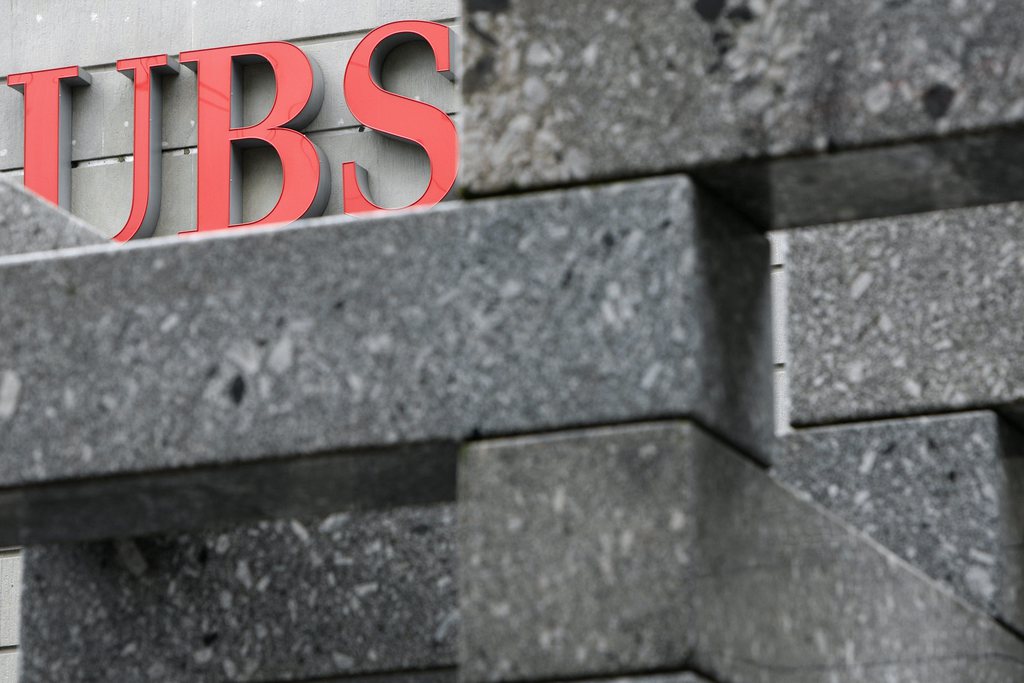
When the final chapter of the UBS bailout closes in November, the bank accounts will show tax payers, ordinary account holders and small businesses as the chief beneficiaries. It’s been a success story that’s proven difficult to repeat elsewhere in the world.
Far from losing money on the $31.8 billion (CHF29 billion) rescue act, the government has already made more than a billion dollars and the Swiss National Bank (SNB) is expected to rake in around $6 billion.
The bailout was once hailed by former UBS boss Oswald Grübel as: “The best piece of business the central bank has ever done”. But in the autumn of 2008, such a rosy picture was very hard to predict.
The loan was viewed at the time as a highly risky move that attracted a great deal of political and public opposition. The doomsayers appeared justified when the toxic assets lost $4.8 billion in the first year.
The main element of the bailout was the creation of the Stabilisation Fund (StabFund), a so-called “bad bank” designed to absorb a huge chunk of toxic assets that threatened to drag UBS into oblivion. It was born on October 16, 2008.
Swedish model
The world was in the grip of a financial crisis that one month earlier had claimed the scalp of Lehman Brothers, one of the most prestigious investment banks on Wall Street. Dozens of other banks were threatened with imminent collapse, not least UBS that incurred $50 billion losses from the debacle.
Governments and central banks around the world were buying up stakes in banking giants and producing massive sums of emergency liquidity just to keep the financial system running from one day to the next.
Switzerland turned to the bad bank bailout model that had been successfully applied in Sweden during the 1990s.
The StabFund took on UBS toxic assets with a rapidly declining book value of $38.7 billion. The $25.8 billion that came from the SNB guaranteed the lion’s share of potential losses with the StabFund, while the government injected $6 billion of emergency liquidity into UBS.
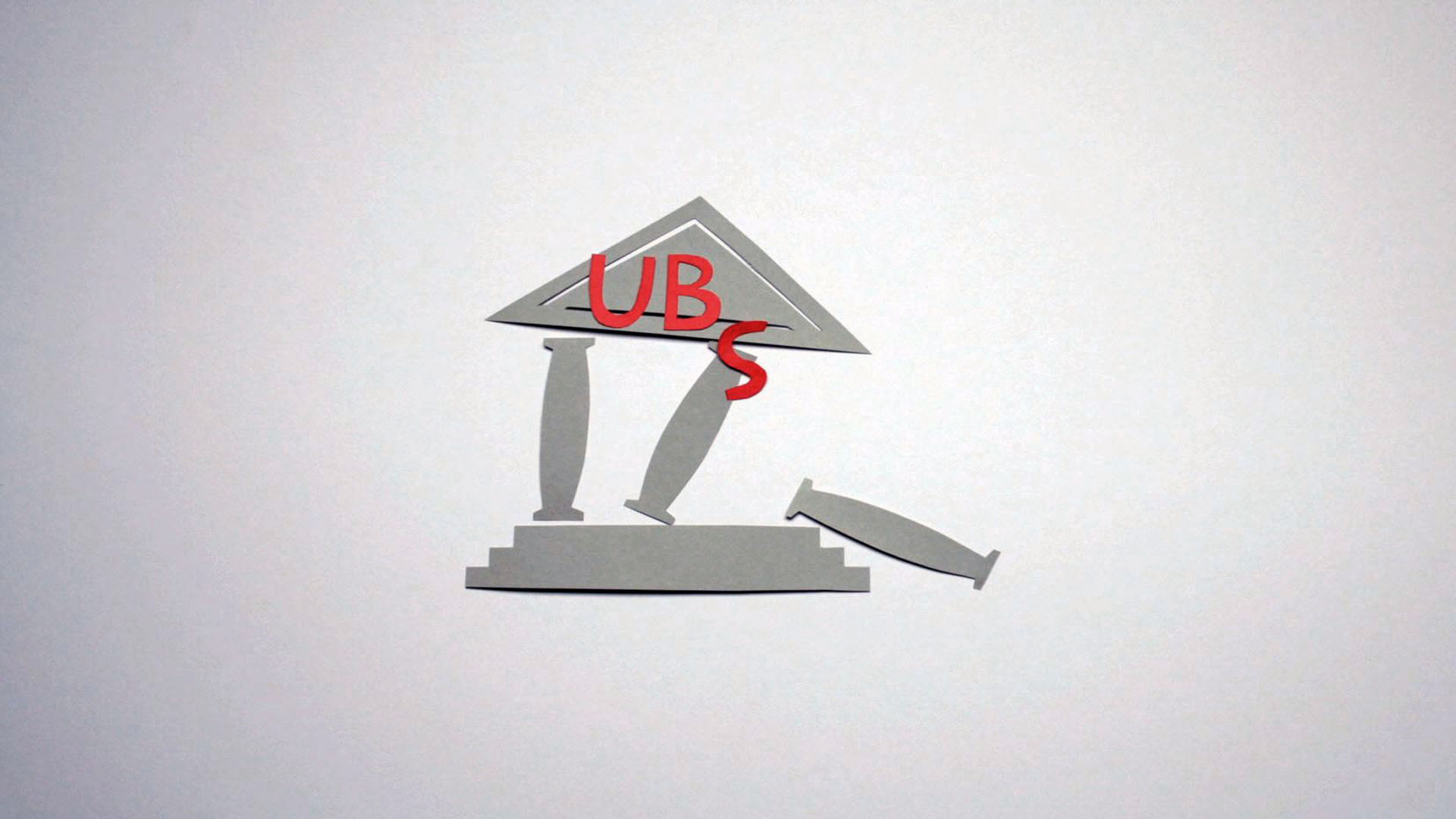
More
How a bad bank saved the Swiss economy
Problem confined
“It was the Swedes who first showed how it could be done,” Tobias Straumann, professor of economic history at the University of Zurich, told swissinfo.ch. “They applied a two-pronged approach of recapitalising banks with government funds while creating bad banks to relieve struggling banks from their toxic assets.”
“If you proceed correctly you usually have a fair chance of breaking even, but it is quite unusual to make a profit on both the recapitalisation and the bad bank as happened in Switzerland.”
The Swiss model has proved financially more successful than the Swedish break-even initiative of the 1990s and has taken just five years to wind up completely. Recent bailouts in other countries will take many more years to unravel at unknown cost to the taxpayer.
Part of the reason for the Swiss success was that the worst problems were confined to just one bank. Credit Suisse was able to sort out its own mess, having spotted the impending doom earlier than its rival.
This allowed the Swiss authorities to concentrate on ring fencing toxic assets (separating a portion of a company’s assets or profits without splitting up the entity) from just one source and to liquidate them in an orderly fashion.
Despite the success of the Stability Fund bailout measures, the vulnerability of the economy to future shocks at Switzerland’s two biggest banks is still a cause for concern.
UBS and Credit Suisse have been forced to conduct their business in a more sustainable manner with the imposition of strict new capital regulations, but they would still require another bailout if they ran into serious problems in future.
Regulators have dismissed the idea of breaking up these banks into smaller units, separating the retail and investment banking operations to avoid cross-pollution or forcing banks to come up with an orderly liquidation plan – as has been done or suggested in other countries.
But politicians from both left and right have launched a new parliamentary debate to tackle the “too big to fail” problem.
Initially, these politicians wanted the two larger banks to downsize by splitting apart their investment banking and retail operations into separate entities.
The latest proposals call for a ban on banks using the money deposited by customers to conduct their own trades (proprietary trading).
Swiss Bankers Association chairman Patrick Odier told the Tages-Anzeiger newspaper that breaking a limit on the size of banks would be “wrong, arbitrary and would restrict their competitiveness”.
Global triumph
Other governments, while also ring fencing some toxic assets, were obliged to part nationalise failing banks or organise their sale to better performing peers as a central plank of their bailout strategy.
The British government recently trumpeted the profitable sale of part of its stake in Lloyds bank, but the National Audit Office (NAO) estimates it costs £5 billion (CHF7.3 billion) a year to finance the total bailout measures.
Despite recovering part of this cost through fees and interest payments on loans, the British taxpayer still faced an accumulative £4 billion loss at the end of March of this year.
The Congressional Budget Office estimated in May that the United States bailout will eventually cost the taxpayer $21 billion. However, this calculation had been revised downwards since October 2012 and could yet prove less onerous for the US taxpayer.
In Switzerland, the markets subsequently recovered to such an extent that the SNB loan was paid off in September through interest earnings and the sale of the slowly recovering assets. UBS will exercise the option of buying back the remaining assets (worth potentially $5 billion).
The cost will be steep for UBS, as it will have to pay an initial $1 billion to the SNB for the privilege and then half of all remaining profits deriving from those assets. But this is a far lesser cost than going bankrupt, particularly for the thousands of ordinary savers and small businesses that do business with the bank.

In compliance with the JTI standards
More: SWI swissinfo.ch certified by the Journalism Trust Initiative




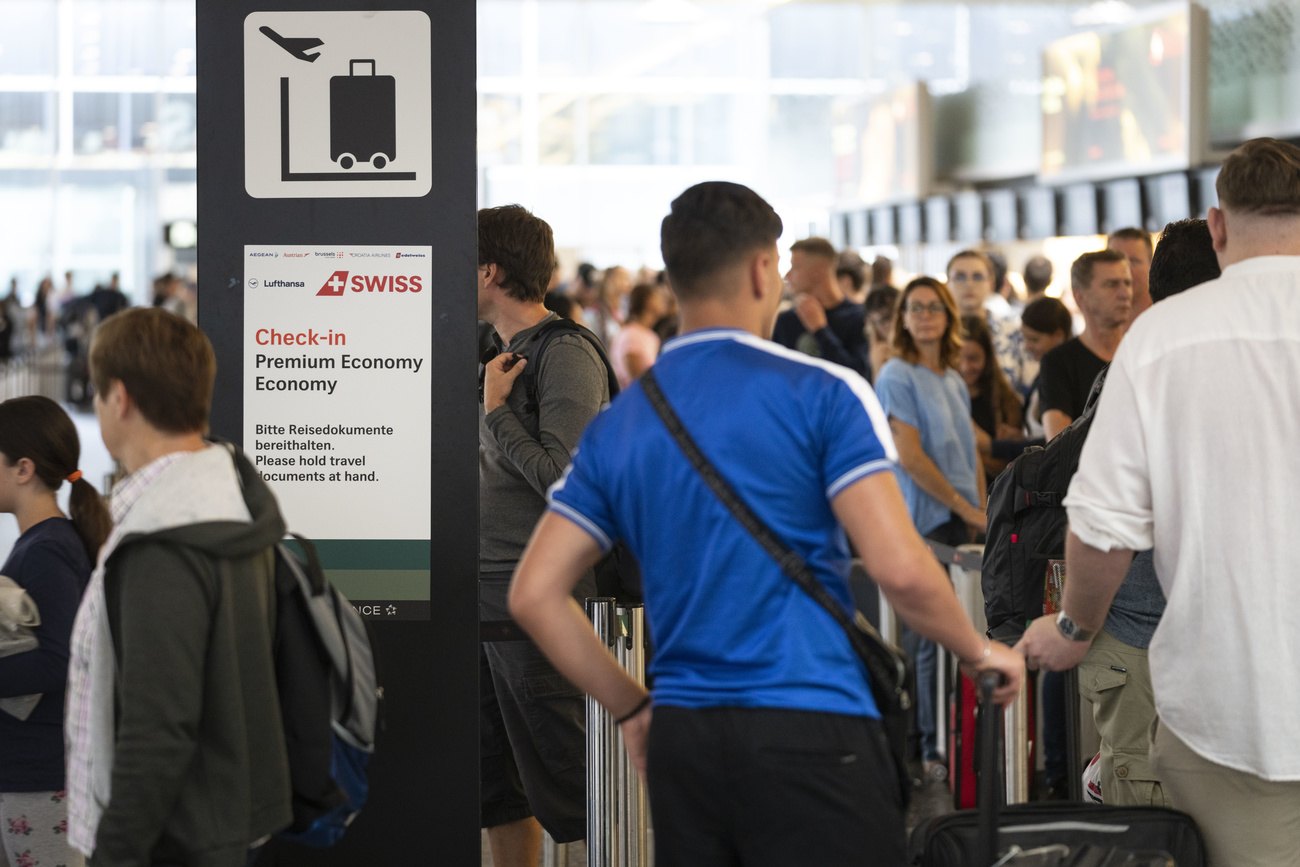






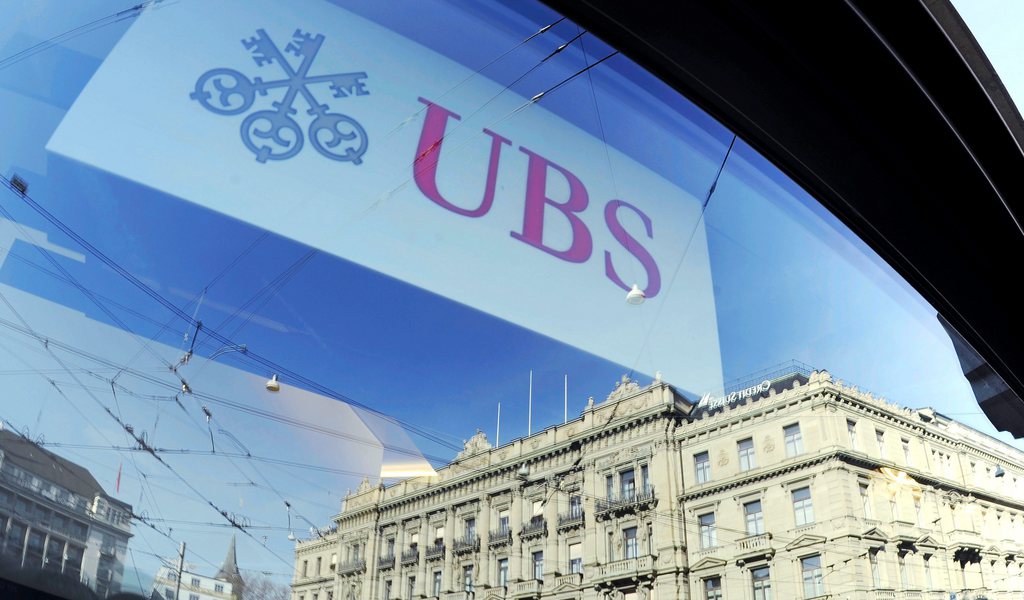
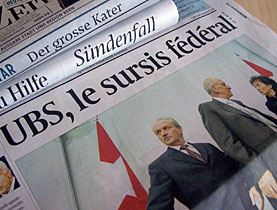
You can find an overview of ongoing debates with our journalists here . Please join us!
If you want to start a conversation about a topic raised in this article or want to report factual errors, email us at english@swissinfo.ch.